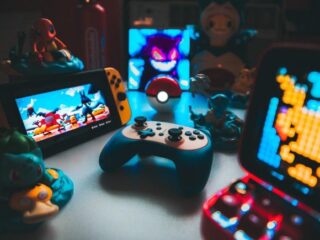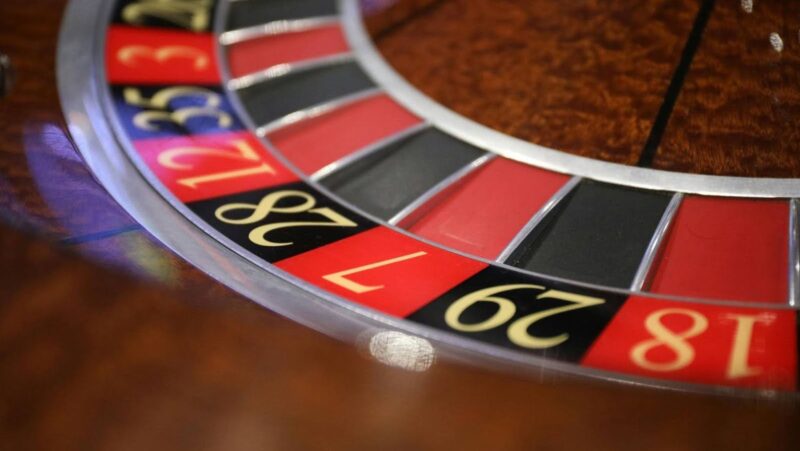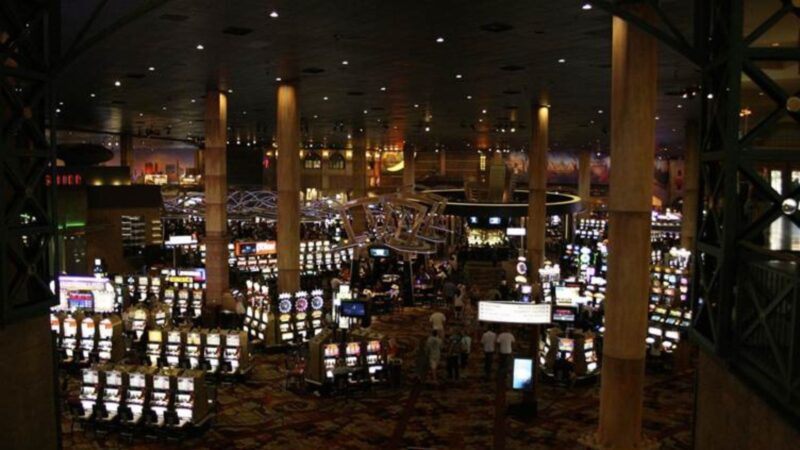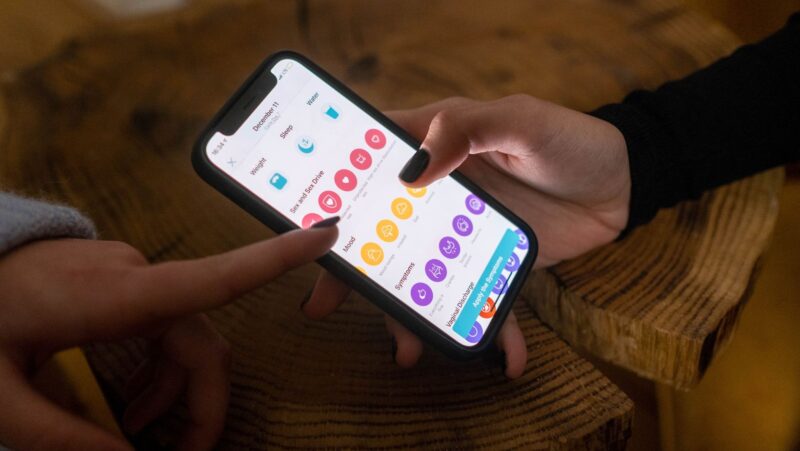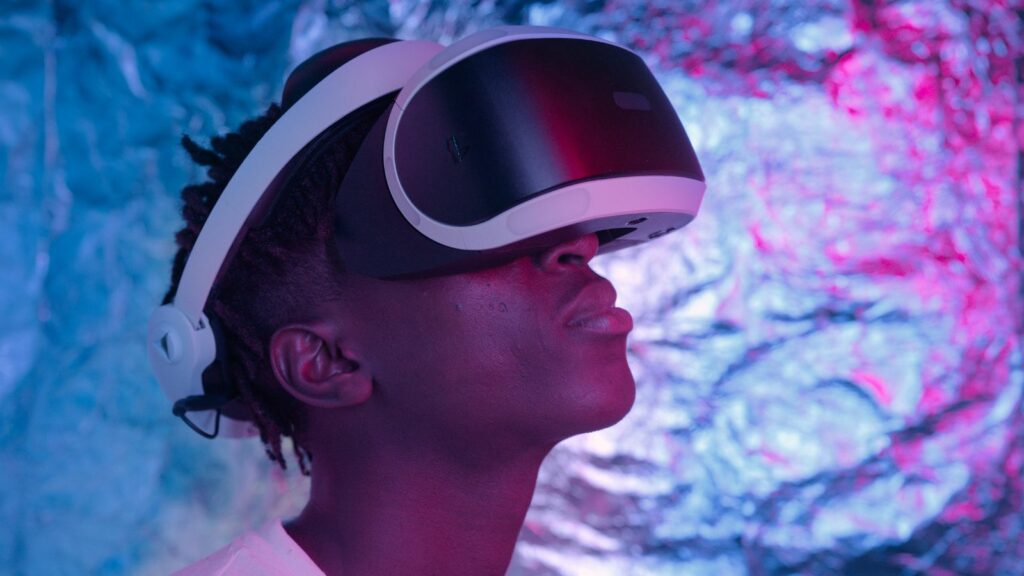
The evolution of virtual reality (VR) from a niche technology to a mainstream tool has been one of the most remarkable tech revolutions of recent times. Initially conceived as a form of entertainment, VR has transcended its original boundaries, embedding itself into various facets of everyday life.
This immersive technology now plays a pivotal role in fields ranging from education and healthcare to retail and remote work, offering unprecedented opportunities for interaction, learning, and exploration.
In this guide, we’ll look at the rise of virtual reality in everyday life, its impact on society and individuals, and how it’s shaping the future.
5 Ways VR is Changing Everyday Life
Below are five ways in which VR is changing the way we live, work, and play:
Revolutionizing Professional Training and Development
One of virtual reality’s most significant impacts is its transformation of professional training and development across various industries. Traditional training methods are being complemented and, in some cases, replaced by VR simulations that offer a hands-on learning experience without the associated risks or costs. For example, in finance, comparing accounting software like FreshBooks vs. Xero can now be conducted through VR simulations.
These simulations have allowed users to engage virtually with the software, understanding intricate features in a highly interactive environment. They accelerate the learning curve and enhance decision-making by providing a ‘try before you buy’ experience.
Enhancing Remote Collaboration and Work
The COVID-19 pandemic has accelerated the adoption of remote work, and VR is poised to take it to the next level. By creating virtual office spaces, colleagues can interact, brainstorm ideas, and collaborate on projects from different locations as if they were in the same physical space.
This has increased productivity and reduced travel costs and carbon footprint significantly. Moreover, VR technology has enhanced the remote work experience by creating a sense of presence and connection, mitigating feelings of isolation or disconnection.
Redefining Entertainment and Gaming
VR is also revolutionizing the entertainment industry, providing users with immersive experiences that blur the lines between what’s real and virtual. From theme park rides to escape rooms, VR has enhanced the thrill and excitement of these activities.

In the gaming industry, VR has taken gameplay to a whole new level by creating an immersive and interactive experience for players. With the introduction of VR headsets and controllers, gamers can now physically engage with their virtual environments, enhancing their overall gaming experience.
Transforming the Shopping Experience
E-commerce has revolutionized the way we shop, but VR is taking it to a new level. With virtual reality, customers can try on clothes or test home decor virtually before purchasing. This enhances the online shopping experience and reduces the likelihood of returns, which is a major pain point for retailers.
Also, VR-powered shopping experiences are expected to become more personalized, with retailers leveraging data and analytics to tailor the virtual experience according to each customer’s preferences.
Revolutionizing Healthcare Training
VR is revolutionizing how medical professionals are trained, providing a safe and cost-effective alternative to traditional methods. Medical students can now practice surgeries in a simulated environment with realistic scenarios, allowing for more hands-on experience without the risk of harming patients. This technology also allows for remote training and guidance from experienced professionals, improving access to quality education.
Final Thoughts
Virtual reality has come a long way from its early days, and it continues to push the boundaries of what’s possible. As technology advances and becomes more accessible, we can expect to see even more industries and fields being transformed by VR. From education to therapy and beyond, virtual reality has the potential to enhance our lives in countless ways, blurring the lines between imagination and reality.


